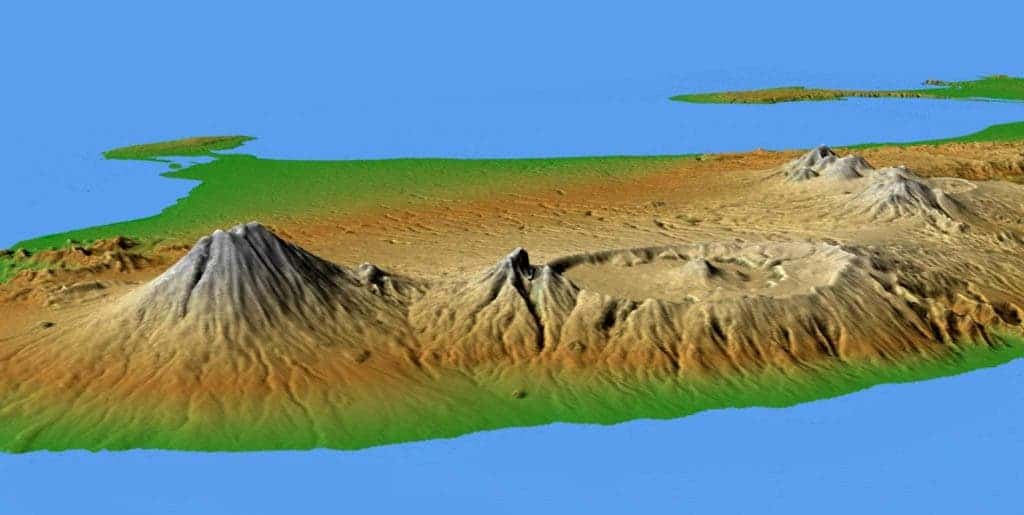Over 70,000 people have already evacuated the area as an eruption from the Mount Agung volcano seems imminent.

Indonesian scientists and officials warn that the island of Bali is entering a “critical phase”, with an eruption being highly likely within 24 hours. Although it’s not possible to predict exactly when a volcanic eruption will take place, increased temblors in and around the mountain indicate that magma is building up and stirring inside the volcano.
As the volcano becomes more and more active, hundreds of small earthquakes are created by the magma rising up through cracks in the Earth’s crust. These earthquakes are picked up by seismometers and traced back to the volcanic activity. It was also confirmed through thermal imaging techniques, which detect increasing heat from the volcano. The volcanology agency is also drawing data from GPS and satellite imagery, and everything seems to indicate the same thing: while it can’t be said for sure that the volcano will erupt, there is every reason to believe that the volcano will probably erupt.
“This number of seismicity is an unprecedented seismic observation at Agung volcano ever recorded by our seismic networks,” the Volcano Observatory Notice for Aviation said in a statement.
Monday, there were 844 volcanic earthquakes, with over 300 being already recorded today.
This graph shows why vulcanologists think Bali's Mt Agung will explode soon – look at spike in red trend line showing energy of tremors. pic.twitter.com/4Fb4oMpUIx
— Adam Harvey (@adharves) September 24, 2017
The Indonesian National Board for Disaster Management declared a 12-kilometer exclusion zone around the volcano. Evacuated people are taking shelter in hundreds of village halls and sports centers, as well as in the homes of their relatives.
Emeritus Professor Richard John Arculus from the Australian National University wrote that although infrequent, eruptions of Mount Agung have been among the largest of the past 100 years of global volcanic activity.
Mount Agung is one of many similar volcanoes in Indonesia and the ring of fire surrounding the Pacific and eastern Indian oceans,” he wrote. “But during its sporadic eruptions, Agung has been one of the most prominent injectors of volcanic ash and sulphur dioxide into the atmosphere.”
Mount Agung is a stratovolcano with geographical and even mythological significance in Bali. It is the highest point on the island, dominating the surrounding area and affecting local weather, particularly rain patterns. The Balinese also believe that Agung is a replica of Mt Meru, the central axis of the universe.
Gunung Agung last erupted in 1963–1964, killing approximately 1,500 people. Cold lahars caused by heavy rainfall after the eruption killed an additional 200. Since then, the volcano has remained pretty active, with its deep crater occasionally belching smoke and ash. However, this eruption is expected to take much less of a toll. Detection techniques have improved so we know better how to expect the eruption, and infrastructure was also improved, meaning that more people could evacuate quickly and safely. This eruption is certainly threatening, but Bali has learned from its past.






